Brno: Prague’s quirky “little brother” is true Czech
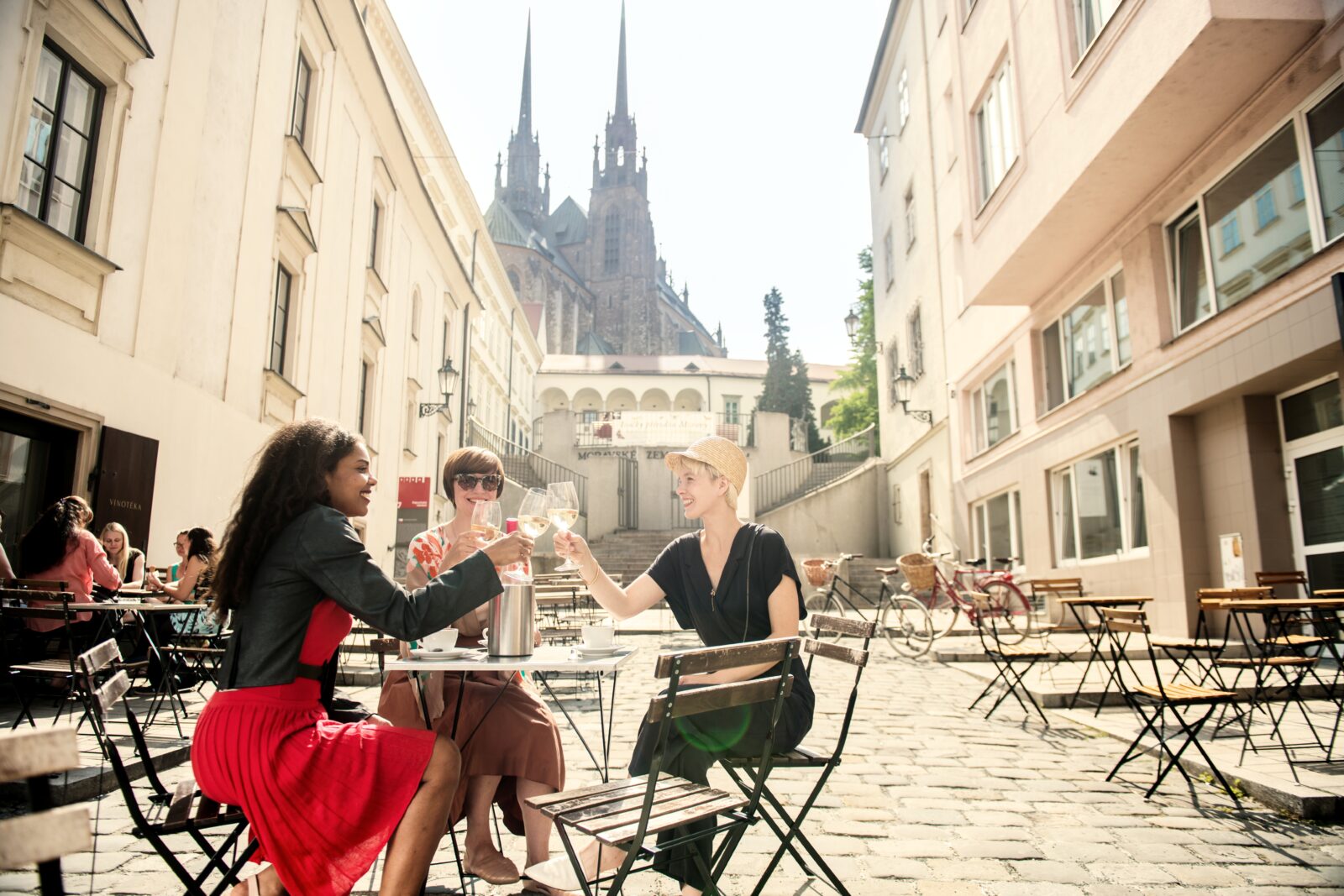
BRNO, Czech Republic – They call it the Cabbage Market which is kind of a low-rent title for the heartbeat of a thriving, dynamic city. A market that sports fruit and vegetables in pastel colors at the foot of a towering Baroque fountain should not be named for a cheap, tasteless salad ingredient.
But Brno has always been understated. It prefers it that way. The second-largest city in Czech Republic (or Czechia as the government prefers in English though that handle has yet to catch on) has no pretense about outshining its glittery capital 125 miles (205 kilometers) to the west.
Prague is Brno’s big brother. It’s an international tourism heavyweight that views Brno as a small, boring sibling, worth giving grudging respect yet without much love.
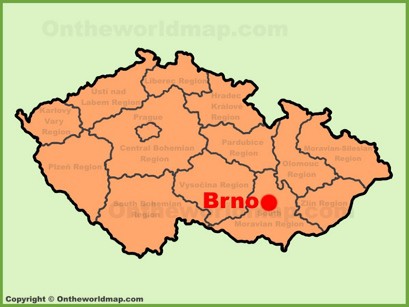
I spent two nights in Prague and when I told Praguers that I was on my way to Brno (pronounced burr-NO), they gave me the same curious look and question.
Why?
Truth be told, I went on business. I spent all last week in Brno attending Traverse 22, an annual travel bloggers conference that gathered hundreds of seasoned world travel writers, most of whom had never heard of Brno, either.
Sorry, my snooty Prague peeps. Brno is not boring. It has a thriving nightlife thanks to 11 universities (a blog on Czech beer is coming), a great cafe culture, excellent food and fascinating history. And, like many little brothers, it’s a little weird. What other city in the world has among its tourist attractions a giant dick?
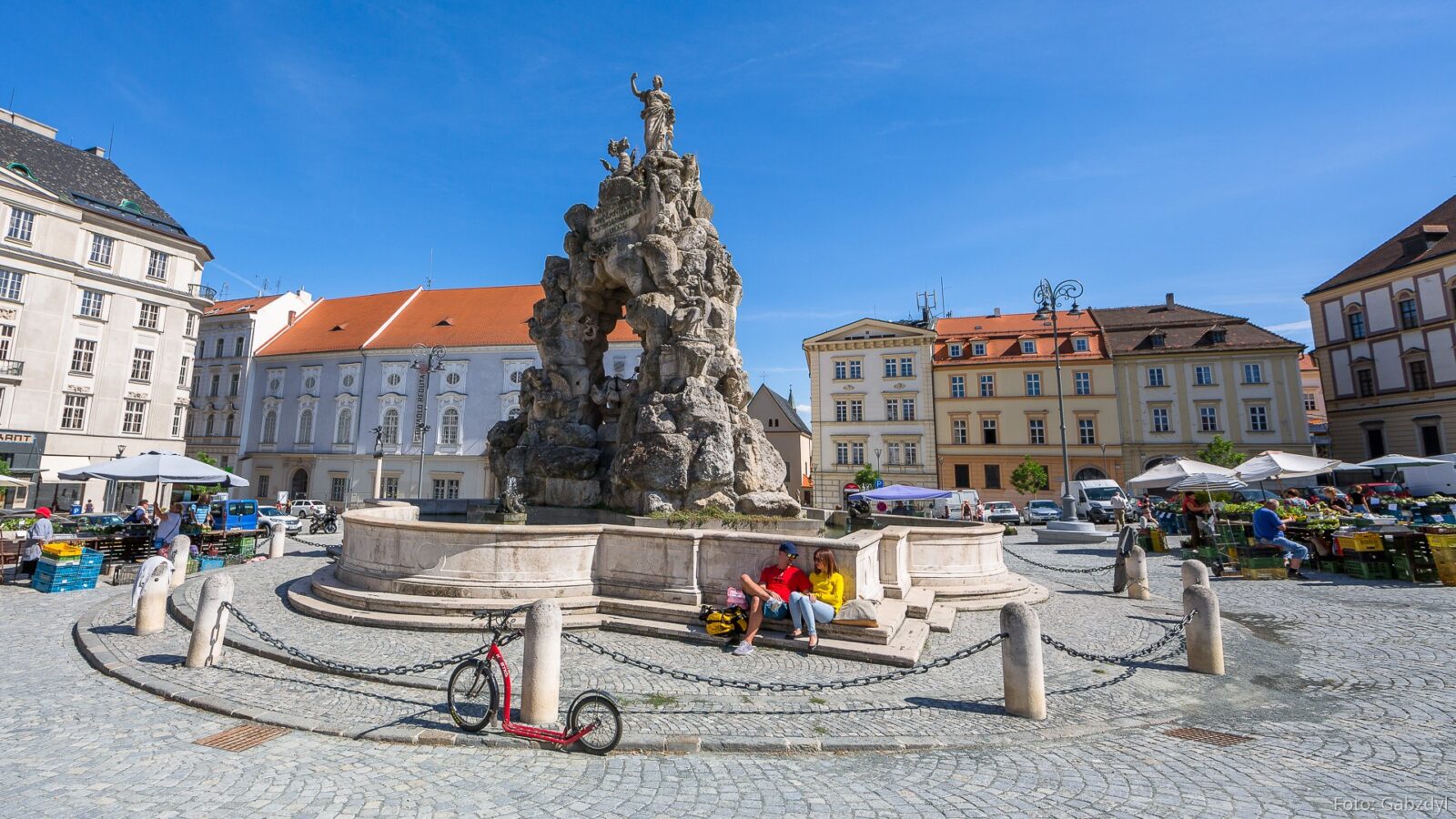
Brno is different
The best part about Brno is it’s not Prague. For my first time in three trips to Czech Republic, I stayed in Prague’s touristy Old Town. I stayed on a quiet side street but just a short, drunken stumble from the many wide roads lined with bars and souvenir shops. I now firmly believe anyone over 21 caught wearing one of those “Official Czech Drinking Team” T-shirts should be jailed. It’s hard to learn key Czech words when no one where you are in Czech is speaking Czech.
Meanwhile, Brno feels more Czech. Its population of 380,000 (to Prague’s 1.3 million) enjoys a healthy economy that has bounced back nicely from Covid. I often strolled through Cabbage Market and took one of the wooden and cloth lounge chairs scattered around the huge cobblestone square. Businessmen on lunch breaks and women shopping for dinner sat in the pleasant mid-60s and closed their eyes against the sun darting in and out of clouds.

People ate their bright red raspberries and croissant sandwiches at the foot of the huge Parnassus Fountain, depicting Hercules fighting the three-headed Cerberus, the watchdog of the underworld.
Unlike in Prague, I saw no pods of tourists following a tour guide’s flag. No groups of rowdy students searched for the Youth Hostel. And, thankfully, I saw no drunks. Just a lot of local Czechs taking time off from their normal day.
Brno is an accurate, authentic slice of true Czech life. Czech Republic is the country that far outraced its fellow Iron Bloc refugees to Westernization, due to its closer proximity to the West. Yet in the week I was in Brno, I don’t recall hearing a word of American English outside my bloggers conference. I heard as much English in Prague as at a Yankees game. To Americans, Czech Republic is Prague.
“I’ve been to Malaysia, Philippines, Vietnam,” said Viktor Till, a Czech who’s been to 50 countries, over beers at Local, a leading, well, local, bar. “They know more about Czech Republic than America. They think it’s Czechoslovakia.”

If you do come to Brno, get to know it through its cafes. It has a rich cafe culture. It started in 1702 with the first cafe in the country. Living in Rome, I felt at home. But Brno’s cafe culture is more leisurely than Rome’s. Back in my neighborhood, I grab an espresso at the counter, sip it quickly while whining to my barista about AS Roma’s latest soccer loss. Then I leave.
At Brno’s Cosmopolis cafe, on the corner of the Cabbage Market, I had a passable cappuccino surrounded by well-dressed locals in deep conversation. No one rushed. No one chugged their coffee.
Brno is a city not going anywhere fast and not apologizing for it.
It isn’t very pretty. Prague gets the hearty salute there. Mother Nature granted Prague with the Slatava River that snakes through the city like a swaying fountain. Charles IV gifted it with one of the world’s prettiest bridges. A 9th century castle that looks straight off a medieval movie set hovers over the whole city.
Brno can’t compete. Pre-Covid, it averaged about 900,000 visitors a year compared to Prague’s 8 million.
“You have a first-born child and a second-born child and we are the second-born child,” said Brno-raised David Pokorny, the destination manager for the Brno Tourist Information Centre. “He knows he never will be the first so he doesn’t try that much but also can make fun of himself, has a sense of humor and is much cooler and authentic.”

Humorous street scenes
You can even see the sense of humor in the architecture. Brno was one of the leading centers for experimental architecture in the early 1900s and nothing gets more experimental than the Equestrian Statue of Margrave Jobst. I didn’t think much of it when I walked by it in Moravian Square near my hotel. It stands 6.5 meters high and depicts the heavily armed Brno hero atop a tall black horse.
Designed by Czech sculptor Jaroslav Rona in 2015, it was built to symbolize courage as Jobst was the last independent ruler of Brno’s Moravian region in the late 14th century. Cynics may think it symbolizes something else. Smirking locals tell visitors to stand under the horse and look up at its head from between its front legs.
From underneath, it looks like you’re staring at a giant penis that could shtoink Slovakia.
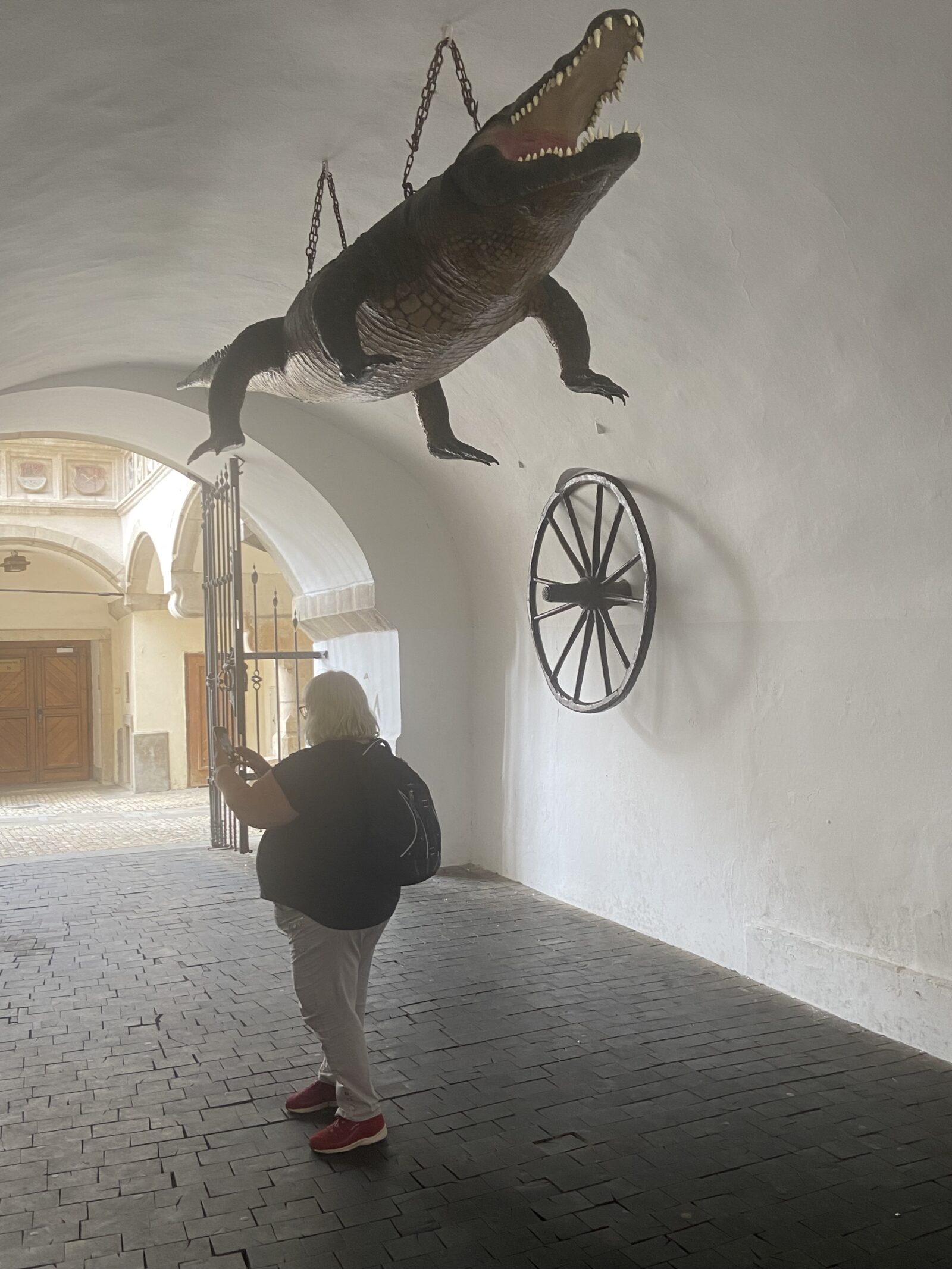
Then there’s Brno’s weird Old Town Hall near the Cabbage Market. Parts of it date back to the 13th century and when you pass under the 16th century Gothic arched portal you’ll see one of the oddest town landmarks in Europe. Hanging from the ceiling is about a 10-foot (three-meter) alligator. Locals call it the Brno dragon which, legend has it, long ago terrorized the city’s waterways. In actuality, it’s a stuffed beast from the Amazon donated in 1608 by Archprince Matyas who four years later became the Holy Roman Emperor.
Hanging on a wall under the gator is a plain wagon wheel, looking out of place. But, of course, there’s a story. In 1636, a man from nearby Lednice bet a friend he could cut down a tree, build a wheel and roll it the 30 miles (50 kilometers) to Brno by dusk. He did it and it’s been hanging there ever since.
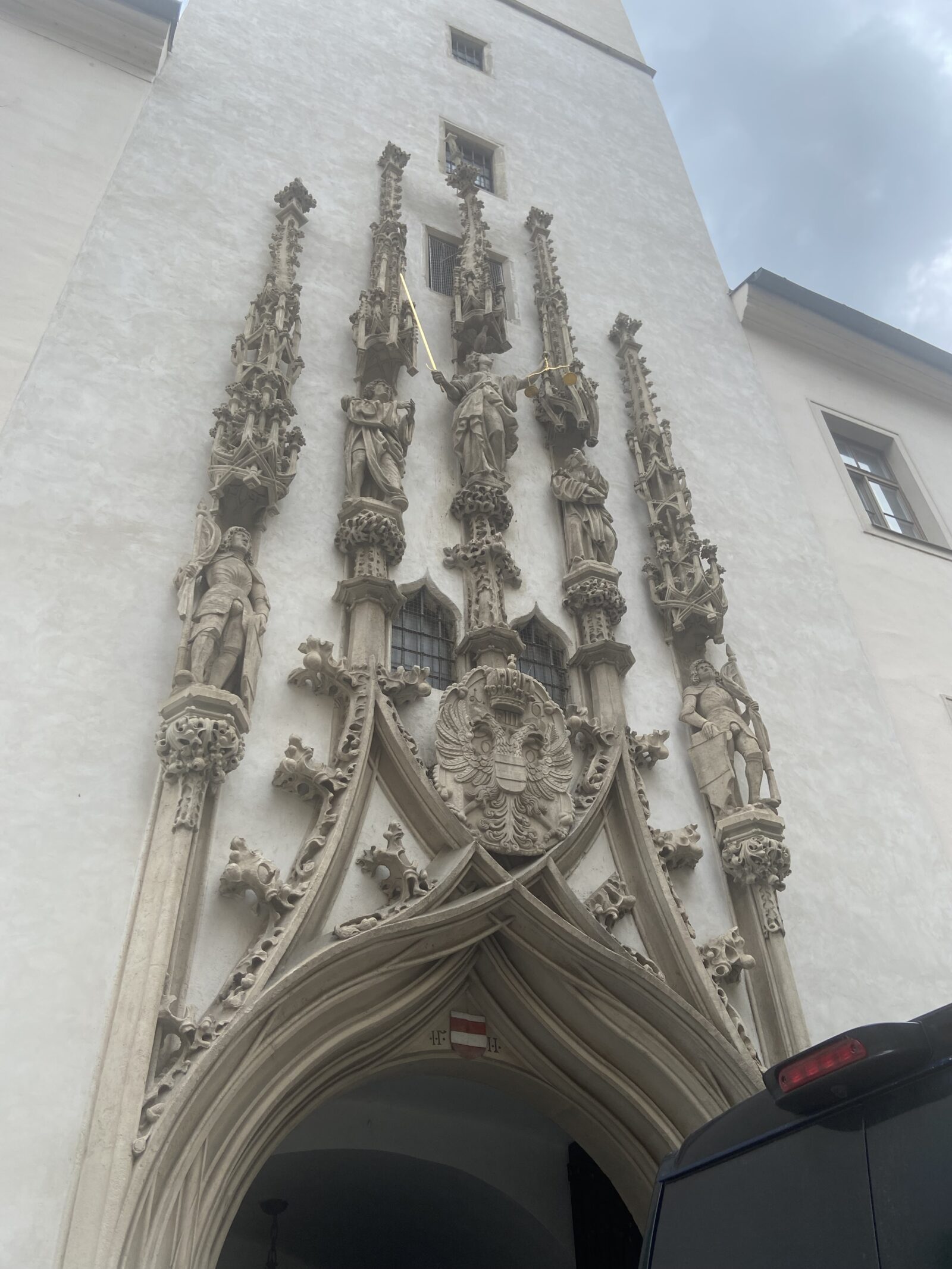
But nothing tops the Old Town Hall’s entrance. It has five beautiful Gothic spires stretching up from atop the portal. They look exquisite until you notice the middle one. It’s bent. It has a definite left-hand lean as if damaged in shipping. The legend: Built by Austrian architect Anton Pilgram in 1510, he felt fleeced by the city for not paying him the agreed fee. His revenge was a bent middle digit.
Fill in your own one-liner.

Going from the comical to the cruel, I took a 15-minute walk from my hotel to Brno’s leading landmark. The Spilberk Castle doesn’t have the street cred of the Prague Castle. It’s maybe a third the size. But as I walked up the hill through the manicured shrubbery and towering trees knowing its history, it gave me more shivers.
The Moravian margraves, the region’s leaders long ago, built the castle in the 13th century and it later became a fortress. The Habsburgs from modern-day Austria ruled this region from 1620-1920 and in the 18th century turned it into a prison for 200 years.
I went alone on a dark, cloudy day as summer has definitely left Central Europe. Now home to the Brno City Museum, the castle has numerous rooms filled with torture devices such as racks, joint crushers, thumbscrews and an executioner’s sword. I thought the heavy stone weight they tied to feet during hanging tortures was pretty ingenious.

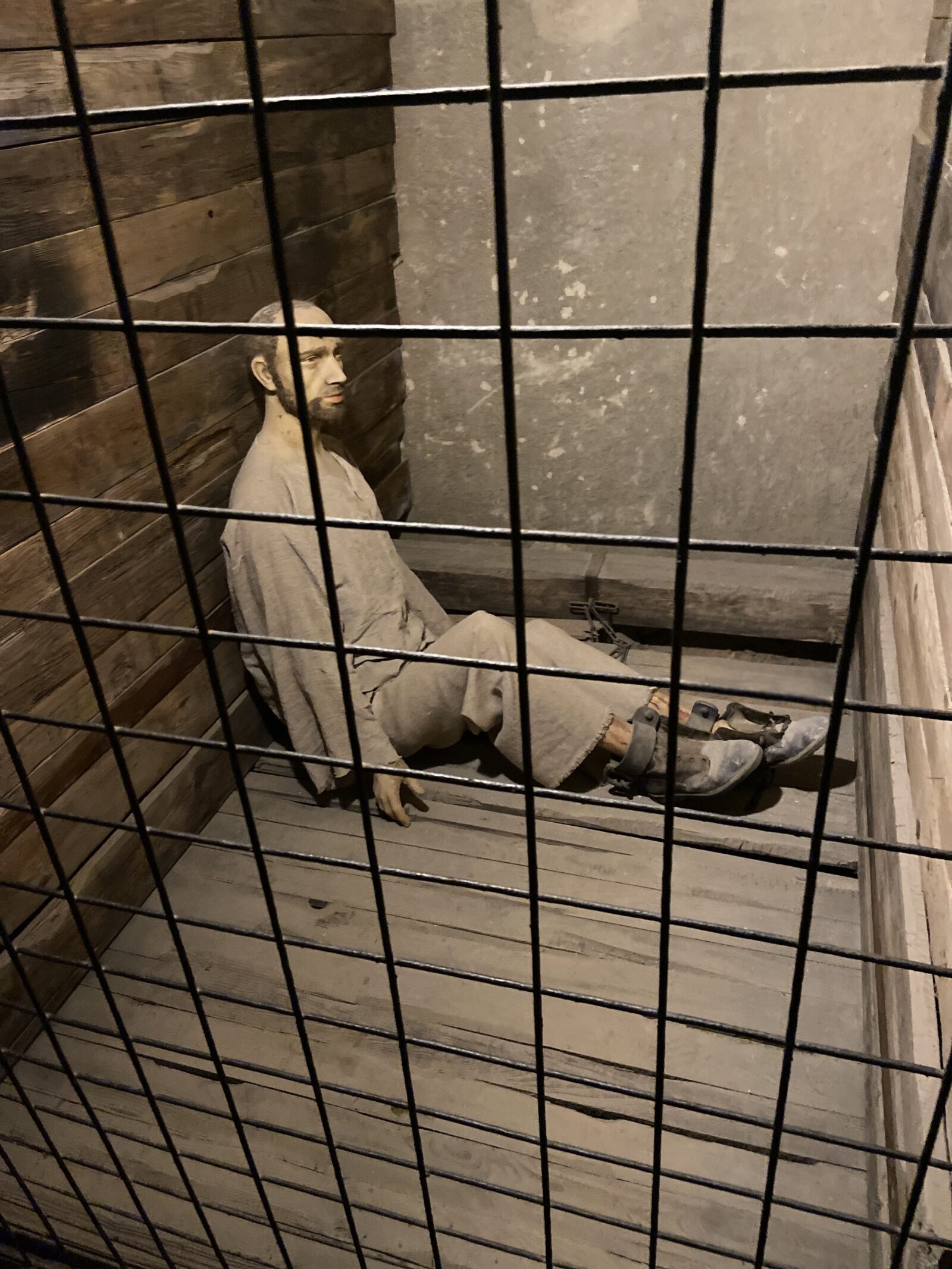
Below the main complex, Brno’s history gets darker. Inside a stone building about 60 meters long is a seemingly endless line of cells, most as small as 8 x 4 feet, some with dummies shackled to the floor. The stone, arched hallway stretched into oblivion and at one time filled with screams of tortured prisoners whose only future was death.
Communism
I descended from the castle wondering who were the bigger assholes, the Habsburgs or the communists. After the Soviets chased the Nazis out of Prague in 1945, they followed the kind gesture by putting Czechoslovakia under their communist bootheel from 1948-1989.
My hotel was built in 1964 and carries the no-frills name straight out of the Communist Book of Marketing: the Hotel Continental. It’s a great hotel with big rooms, helpful staff and a buffet breakfast that was only a dream here in the 1960s.
But I couldn’t help wondering what Iron Curtain henchman once stayed in my room.
Czechoslovakia’s communist past splits the country in two. As in Prague, in Brno everyone under 30 speaks near fluent English and only knows communism from school and their parents’ dinner table conversations. Few over 40 speak English and readily recall standing in line for food. But not everything was a nightmare.
“It’s way difficult to explain,” said Till back at Local. “Everybody had a job. As kids we had no worries. Everything was easy. Now it’s better. I’m older than before. My parents talked all the time about communism. Definitely, travel was a problem. Before there was no travel.”
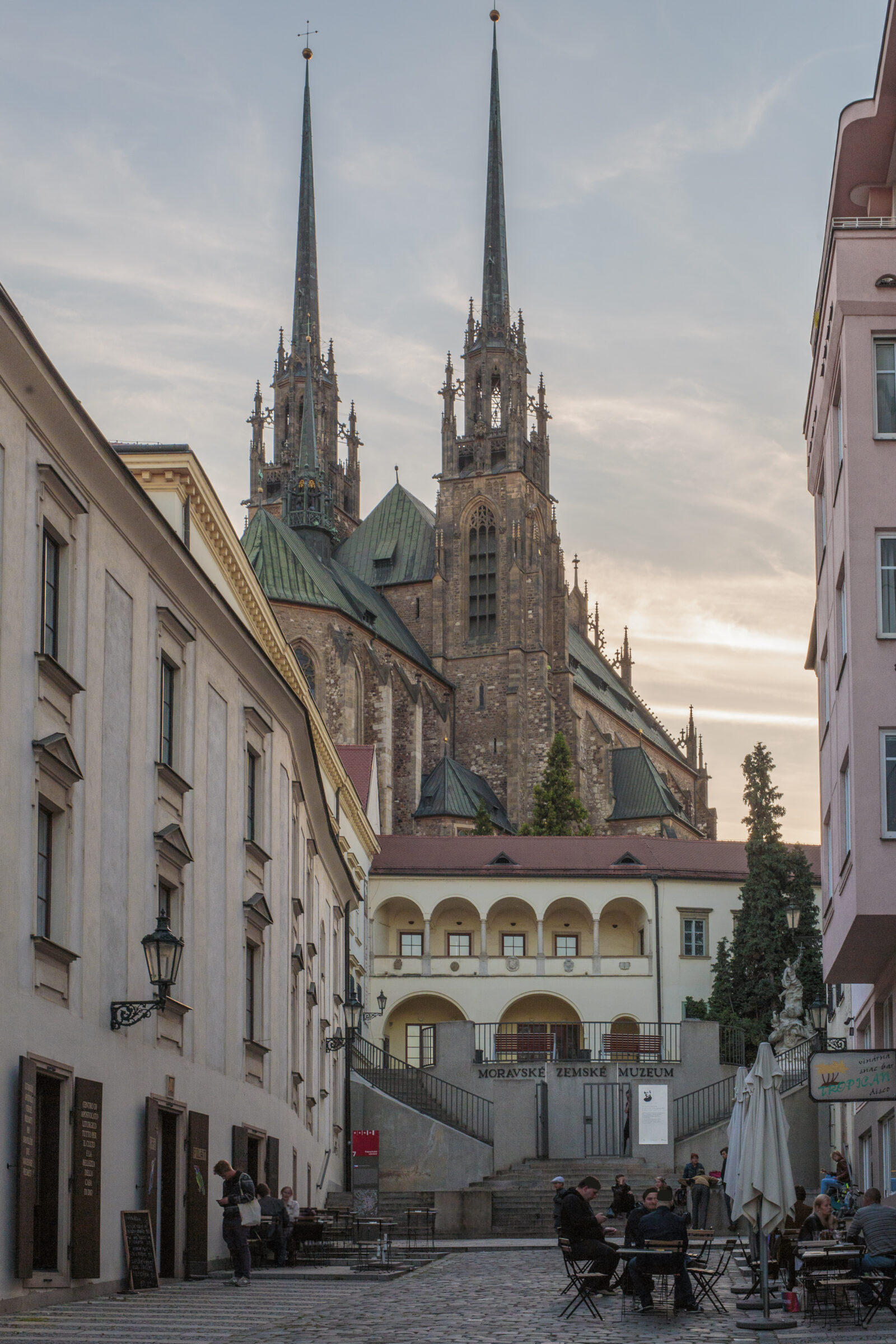
You can still see behavior reflective from communist rule. No one crossed against red lights. Even on narrow streets with no cars in sight, people waited for the light to change.
It doesn’t take long to see remnants of Czechoslovakia. In a long search to find a sports bar to watch the Champions League, I found myself near Mestsky Stadion, FC Zvojovka Brno’s soccer stadium built in 1926. It was 8 p.m. but felt like 3 a.m. The streets were darker than the inside of the castle’s cells. The streets had only one street light. The apartment buildings were those classic mid-20th century communist Erector sets of dull gray and beige concrete blocks.
I felt safe. But I also felt the same as when I roamed the dark streets of Budapest in 1978.

Food scene
Fortunately, the one huge advancement from communism in Czech Republic is food. Not far from the Cabbage Market the city set up two long rows of street food stalls. One advertised spekacky na pive (sausage in beer sauce). Served in a giant pan the size of a satellite dish, it’s a big, messy pile of sausage in red sauce filled with onions and bell peppers and sprinkled with parsley.
Price by weight, it was one of the best €2 meals I’ve had in Europe.
On Cabbage Market, a food truck sold pork shoulder and pork belly sandwiches high on fresh hamburger buns with coleslaw. I stood at a standing table and ate a steaming Czech pork sandwich while listening to soft rock drift over the square.
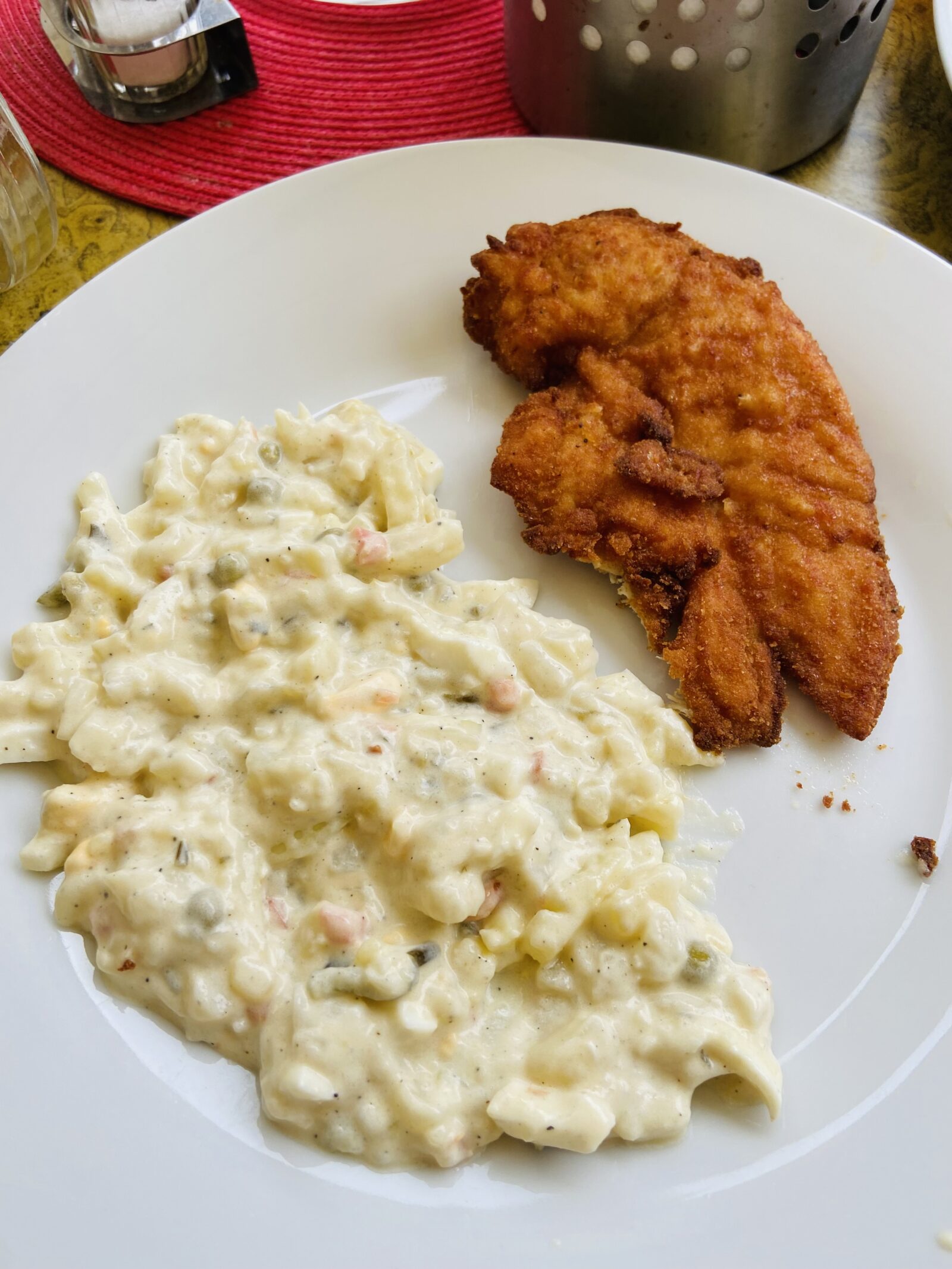
Brno’s gastro jewel, however, is Spalicek. Located on Cabbage Market, some believe it’s Brno’s oldest restaurant. It has all the classical Czech dishes such as smazeny kureci rizek (breaded pork schnitzel) or, as I had at an outdoor table, fried chicken schnitzel and potato salad.
Brno tourism officials tell me they’re not marketing the city for the mass consumers. The older, empty-nest couples and intrepid travelers are fine with them. It’s fine with me, too. Why be so serious?
Let’s drink good beer with students and chase dragons in the sky.

If you’re thinking of going …
How do I get there? Several trains a day make the 3-½ journey from Prague. I paid €13 one way. A closer location is Vienna. It’s 90 minutes away and train tickets start at €22.
Where do I stay? Hotel Continental, Kounicova 680/6, 420-541-519-111, Hotel Continental Brno – Your hotel in the centre of Brno, info@continentalbrno.cz. Efficient, clean hotel with excellent buffet breakfast a 10-minute walk from city center. Rooms start at €90.
Where do I eat? Spalicek, Zelny trh 12, 420-542-211-526, www.facebook.com/restaurace.spalicek. Oldest restaurant in Brno at the Cabbage Market. Traditional Czech dishes start at about €4.
When should I go? September was ideal. Few tourists with temperatures ranging from high 40s to high 60s. August is mid-50s to high 70s. January is cold with snow, from mid-20s to mid-30s.
More information: TIC Brno, Radnicka 8, Old Town Hall, 420-542-427-150, www.gotobrno.cz, 8:30 a.m.-6 p.m. Monday-Friday, 9 a.m.-6 p.m. Saturday and Sunday.


September 21, 2022 @ 9:59 pm
I was interested in your reference to the Moravians since I was brought up in the Salem village of Winston Salem NC which was a Moravian community. I know Jan Hus came from Prague and was big in Moravian history and heard Hernhutt Germany was one of the places from which they immigrated, but didn’t know anything about Brno or Moravian history there, Thanks for sharing- I’m going to google some more of that history.
September 25, 2022 @ 8:36 am
“It has all the classical Czech dishes such as halusky s brynzou” – this dish is actually Slovak, not Czech. And yes, it is a difference. 😀
October 4, 2022 @ 10:55 pm
Quite a lame review I’m afraid. Typically American in its superficiality and ignorant in not even checking the proper spelling of place names.
No loss for Brno though, more insightful tourists do discover the real gems here.
October 12, 2022 @ 8:32 pm
Why you mad Bro? 🙂 🙂
January 23, 2023 @ 6:52 pm
What a snobby ass comment!
November 27, 2022 @ 6:02 pm
No, Brno is not Czech but Moravian…
Zelny Trh is not “Cabbage” Market but Krautmarkt in German or Sauerkraut Market is better translation…only an idiot would call the Habsburgs nasty names…
I think you forgot to mention Soviet monument in Brno; or I have read too fast…
I visited Brno in October 2022 so I am familiar with the city of my youth…
Radoslav Zavrel
USA